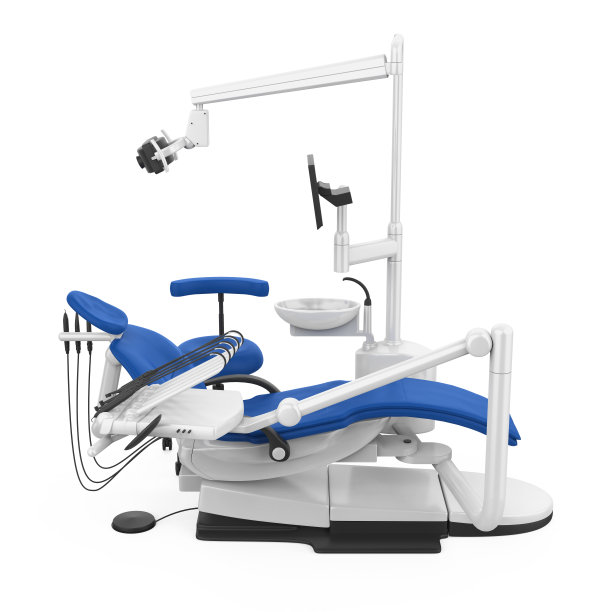The Process and Experience of Extracting a Tooth What to Expect Before During and After the Procedure
Summary: Extracting a tooth can be a daunting experience but understanding the process can alleviate anxiety. This article outlines the entire procedure of tooth extraction, detailing what to expect before, during, and after the appointment. We delve into the essential preparations, the procedural steps, and post-operative care that will help ensure a smooth recovery. Additionally, we discuss the emotional experience many endure and how to cope with it. By equipping yourself with this knowledge, you’ll navigate your dental journey with assurance and preparedness.
1. Preparing for Tooth Extraction Appointment

Before undergoing a tooth extraction, it is vital to prepare both physically and mentally. Your dentist will conduct a thorough examination, often including X-rays, to assess the tooths position and condition. Understanding the reasons for extraction and discussing your concerns with the dentist will provide clarity and reassurance. This preparation lays the groundwork for a successful procedure.
It is also crucial to disclose your complete medical history, including any medications you take, allergies, and existing health conditions. This information enables the dentist to customize the anesthesia and surgical approach. Furthermore, considering your personal comfort, bring along someone for support on the day of the extraction; their presence can ease anxiety significantly.
Finally, you will be given specific pre-operative instructions. Typically, you should avoid eating or drinking several hours prior to the procedure, especially if you are going to receive sedation. Adhering to these guidelines ensures your safety during the extraction.
2. Understanding the Extraction Procedure
On the day of the procedure, you will first check in at the dental office, where a hygienist may take you to an examination room. The dentist will then explain the steps involved in the extraction. This is an excellent time to ask any lingering questions. A clear understanding will often reduce anxiety associated with the unknown.
The procedure itself begins with the administration of anesthesia. The dentist might employ local anesthesia to numb the surrounding area or sedation if the extraction is more complicated or if you’re particularly anxious. Once the area is numb, the dentist will carefully loosen and remove the tooth using specialized tools.
During the extraction, you may feel some pressure, but it should not be painful. Dentists are trained to monitor your comfort levels throughout the entire process, ensuring pain is effectively managed. The duration of the extraction varies, depending on the complexity of the tooth. Afterward, the dentist will provide you with instructions on how to care for the extraction site.
3. Post-Operative Care and Recovery
Once the extraction is complete, focusing on post-operative care is critical for a smooth recovery. Initially, you may experience some swelling and discomfort, which is normal. Ice packs can be applied to the outside of your cheek to help manage swelling, and your dentist will recommend suitable pain medication to alleviate discomfort.
Oral hygiene is also essential after an extraction. While you should avoid rinsing your mouth vigorously or using straws for the first 24 hours, gently brushing your teeth—avoiding the extraction site—will help keep your mouth clean. Following the aftercare guidelines provided by your dentist will help prevent complications such as infection or prolonged bleeding.
Monitoring your recovery is important as well. You should expect to see gradual improvement over the following days. However, if you experience severe pain, excessive bleeding, or signs of infection such as fever, contacting your dentist promptly is advisable.
4. Managing Emotional Experiences After Extraction
Beyond the physical aspects, tooth extraction can also bring about emotional challenges. Many patients report feelings of anxiety or distress when facing the reality of losing a tooth. Its essential to acknowledge these feelings and realize they are valid. Consider discussing them with your dentist, who can provide both reassurance and tips for emotional coping.
Additionally, some individuals may feel self-conscious after an extraction, especially if it affects their smile. Exploring tooth replacement options, such as implants or bridges, provides the opportunity to reclaim your confidence. Understanding that you are not alone in this experience can help alleviate emotional burdens.
Finally, remember the long-term benefits of removing a problematic tooth. Better oral health and relief from discomfort often make the emotional journey worthwhile. Engaging in supportive conversations with family or friends can also help ease this transition post-extraction.
Summary:
The experience of tooth extraction encompasses multiple layers, from initial preparations to the emotional aftermath. Understanding each phase fosters comfort and confidence, transforming what can be a daunting procedure into a manageable experience.
This article is compiled by Vickong Dental and the content is for reference only


